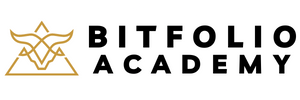Ride the Wave: Discover 2024’s Meme Coins with 100X Potential!
Welcome to the intriguing world of meme coins, a sector of cryptocurrency that merges the virality of internet memes with the financial potential of digital currency. As we set our sights on 2024, it becomes clear that these digital assets are more than just a passing internet craze; rather, they embody a unique investment avenue … Read more
